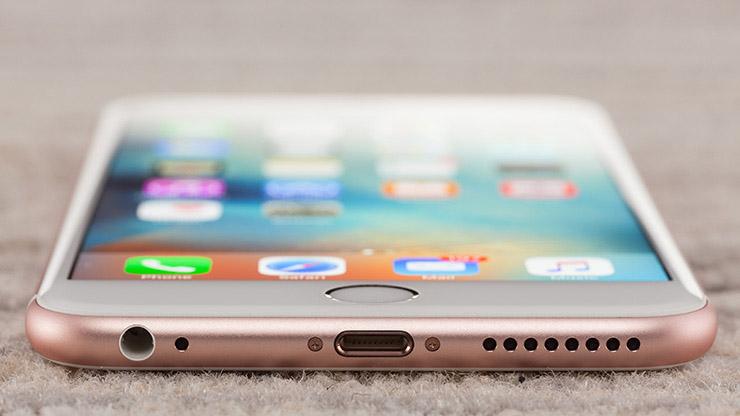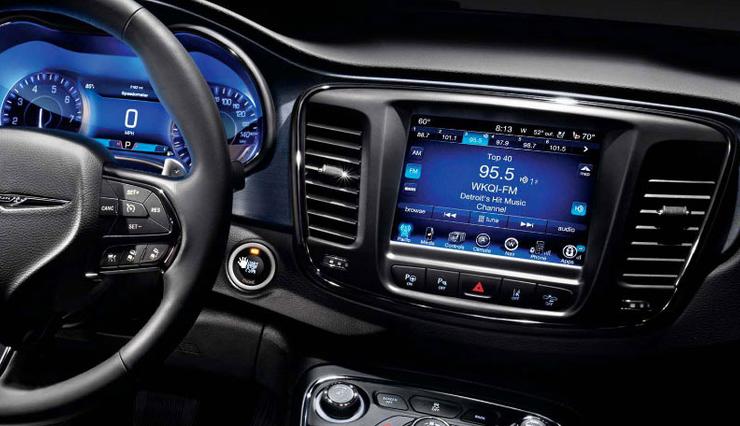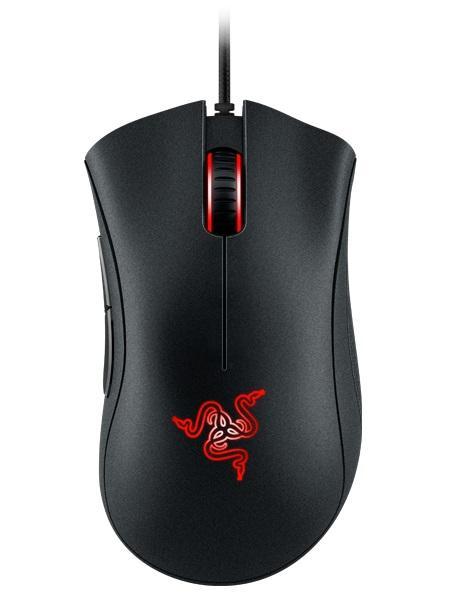Tech companies will go above and beyond to give the illusion that they are a merry band of digital craftspeople bonded by the single idea of delivering a magical gadget to their beloved customers that will impact their lives.
These companies invest a great deal of time and resources into creating their products, but primarily for the sole purpose of deterring you from your money. Each time one of these companies introduces a new product, it’s in hope that customers will head over and purchase its latest gadget.
Tech companies are under pressure to constantly deliver newer, better products. Some will go to great lengths to convince you to pay more in the process. While there are dozens of examples of needless superfluities specific to each brand, we’ve narrowed it down to 10 we see time and time again.
Fancy phone designs
The countless number of hours spent perfecting the iPhone’s round corners and Apple-worth hues may not have been so necessary. According to a report from consumer data firm NPD, 75 percent of phone users have covers, ultimately nullifying all those tiny design perfections.

Apple isn’t the only company that uses external phone design as its primary selling point. Remember the HTC One that promised an all-metal exterior? Once a case comes into play, your phone’s exterior won’t be seen. And do you really want to pay a premium for that?
Exclusive video games
When you purchase an exclusive video game for your console, there are probably some forewarnings you should be aware of. Microsoft and Sony are an example of companies caught up in their own console war that non-console platforms are forgotten about. For instance, the box design for Street Fighter V includes “PS4 CONSOLE EXCLUSIVE GAME,” but it fails to mention that it is also available for PC via Steam.

Often times, console titles listed as “exclusive” neglect to include the PC versions. While it’s not lying, it is masking the truth by ignoring key details.
Large megapixel cameras
While megapixel counts on smartphones contribute to better quality images, they really only matter up to a certain point. When you look at an image on your tiny phone display or print it out, millions of extra pixels stop making a difference. All those added megapixel counts end up being of little use to the average consumer.
![]()
“Camera megapixel count above eight is often a red herring,” said PCMag’s lead mobile analyst, Sascha Segan. “Especially on phones, optics and image processing matter so much more. The debate between 12-, 13-, and 16- megapixel cameras actually means little or nothing to real-life use.”
Smartphone display pixel density
After a certain point, pixel densities on smartphones are extremely overrated. Many tiny smartphone displays reached their peak of sufficient enough a few years ago when Apple introduced the 300ppi Retina display. Since then, it’s really just been an escalating spec war between companies.
While I’m sure many of us don’t mind have extra pixels, your phone would probably have an explosive performance if the nex-gen processor wasn’t spending so many of its resources with all those additional pixels.
Samsung may have finally realized this. The Galaxy S7 doesn’t come packed with any more pixels beyond the S6. This means the S7’s upgraded processor can deliver even better performance by not having to worry about so many pixels.
Automaker in-dash systems
Android Auto and Apple’s CarPlay are proficient on-the-road systems that are finally available. While some automakers have accepted that Google and Apple can most likely handle UX better than they can, not all of them have.

Automotive companies like Toyota and Ford are attempting to avoid tech giants intruding on their turf. Google and Apple are software and interface pros. So for all the automakers out there, don’t expect us to pay extra for your attempt at it.
Millimeters of thinness
Several mobile manufacturers are quick to brag about how thin its newest device is. Remember when Apple unveiled the iPad Air TV ad showing how it was thinner than a No. 2 pencil? The iPad Air 2 debuted the following year and revealed a promo with a pencil sliced length-wise to showcase it was even thinner (0.29 inches versus 0.24 inches.
When it comes to mobile devices, smaller and lighter tend to be better, especially when compared to old clunky gadgets. However, we may have fit that “good enough” territory years ago. Rather, manufacturers could make better use of the space to maybe make the device run for longer.
Not everything needs to be connected
Are consumers really ready to trust a smart house connected via the Internet of Things? The question in play still hasn’t stopped many manufacturers from creating products such as a smart toilet or showerhead. But is there really a need for it? Do we really need to control our toilet seat’s temperature remotely through an app? I think we may have forgotten that it’s still okay for things to remain analog.
Special editions
You probably shouldn’t download that “Unrated” version of the comedy you like. You may think it will contain explicit footage too real for the MPAA ratings board, but it doesn’t. What it will contain is some additional scenes that were left out of the final cut, probably for a good reason. Don’t fall for it.
Additionally, don’t pay extra to stream or download a re-mastered album from your favorite band. It will sound exactly the same as the version you’re used to.
As a rule of thumb, stay away from any “special editions” you see on the market, as they are often cynical attempts to get you to purchase or rent a movie or album a second time.
Glowing logos found on gaming mice
Of course quality design is something that’s worth paying a premium for. However, like the aforementioned phone designs wasted underneath a case, the aesthetic design of your mouse doesn’t matter much either because it’s covered by your palm.

But don’t be confused with an ergonomic versus aesthetic design. An ergonomic design, or the way it feels in your hand, is certainly worth paying extra for. A cool aesthetic design really is not.
Many manufacturers insist on including light-up logos directly on the palm rest. Often times, these LED lights are customizable and can interact with the gameplay, which is a neat feature. However, this functionality is completely wasted under your opaque hand.
Excessive RAM space
When the OnePlus 3 unveiled, consumers were blown away by the fact that the smartphone would come with 6GB of RAM. Most phones, such as Samsung’s Galaxy S7, max out at 4GB of RAM and run exceptionally well. However, it turns out that the OnePlus 3’s remarkable RAM was only on paper – the company limits the amount of available RAM to save on battery power.
Even if you did have access to all the RAM space, there is not much you could do with it. In theory, it helps with multi-tasking, but how many simultaneous things are you really doing on your phone? Do you really need to be streaming a TV show, listening to music, and playing Pokémon Go all at once?
Via PCMag
Advertisement
Learn more about Electronic Products Magazine





